The Ajanta caves are situated fifty five miles northeast of Aurangabad. Twenty four monasteries and five temples have been hewn out of the solid rock, many of them supported by lofty pillars, richly ornamented with sculptures, and highly finished engravings….. Ajanta caves are the most splendid caves of all the cave temples of western India, and its paintings are richly coloured, and according to Dr. Burgess, have been even considered superior to the style of Europe, in the age when they were probably executed. The human figure is represented in every possible variety of position, displaying some slight knowledge of anatomy. The hands are generally well and gracefully drawn, and rude efforts at perspective are to be met with. Besides paintings of Buddha, and his disciples and devotees, there are representations of streets, processions, battles, interior of houses, with the inmates pursuing their daily occupations; domestic scenes of love and marriage and death, group of women performing religious austerities; there are also presentations of hunts, men on horse back spearing the wild buffalo, animals, from the huge elephant to the quail, and ships fish etc. There are domestic utensils, weapons of war, etc. The paintings have done in the most brilliant colours; the light and shade are very good; and there is little doubt but that they must have been executed on a thick layer of stucco. In many cases the colour has penetrated to a considerable depth. Thus these caves and their paintings and sculptures furnish a very vivid insight into Buddhist life and art for nearly 800 years. Dr. B.B. Lal who was actively interested in the great job of preservation and conservation of Ajanta paintings, who showed the path to the common man for the heritage to preserve. The Compilation work is carried by Dr. B.B. Lal & his team during his tenure as Chief Archaeological chemist in the Archaeological Survey of India.
Ajanta Paintings: Their Composition, Technique Deterioration and Preservation
Add to favorites
Contents
$84.60
$94.00
In stock
Free & Quick Delivery Worldwide
All orders amounting to US$ 50 or more qualify for Free Delivery Worldwide. For orders less than US$ 50, we offer Standard Delivery at $14 per book.
ABOUT THE AUTHOR B B Lal
An archaeologist of international repute, Professor B.B. Lal was the Director General of the Archaeological Survey of India. His excavation at Kalibangan in Rajasthan has brought to light a prosperous city of the Harappan Civilization. The excavations at Hastinapura, Indraprastha, etc. have established that there was a kernel of truth in the Mahabharata, though the epic is full of interpolations. The excavations at Ayodhya, Sringaverapura, etc. have shown that the Ramayana too has a basis in history. In 1961, he conducted excavations in Egypt, which threw valuable light on Egyptian prehistory. He has published over 150 seminal research papers, variously in India, USA, UK, France, Italy, Egypt, Japan, etc. Amongst his recent books are: The Earliest Civilization of South Asia (1997); India 1947-97: New Light on the Indus Civilization (1998); The Sarasvati flows On: The Continuity of Indian Culture (2002); The Homeland of the Aryans: Evidence of Rigvedic Flora and Fauna and Archaeology (2005); Rama: His Historicity, Mandir and Setu (2008); How Deep are the Roots of Indian Civilization? Archaeology Answers (2009). In 1982, Mithila Visvavidyalaya conferred on Professor Lal the title of Mahamahopadhyaya. In 1994, he was awarded D. Litt. (Honoris causa) by Institute of Archaeology, St. Petersburg, Russia. The same year he was elected President of World Archaeological Congress. In 2000, the President of India honored him with Padma Bhusana.
ABOUT THE AUTHOR S.P. Singh
Dr. S.P. Singh, obtained degrees of B.Sc. (Hons.) Ag. & A.H. and M.Sc. (Ag.) Horticulture from G.B. Pant University of Agriculture & Technology, Pantnagar (UP) India in 1964 and 1970 respectively. In the same University, he conducted research and imparted technical know-how on seed production technology in cereal and vegetable crops to the progressive farmers of Tarai region of western U.P. He was awarded Senior Research Fellowship by CSIR, New Delhi leading to Ph.D. degree in Horticulture at National Botanical Reserch Institute, Lucknow under Kanpur University, Kanpur (UP) in 1974-78. He joined Konkar Krishi Vidyapeeth, Dapoli, Ditt. Ratnagiri (MS) as Assistant Professor in 1978 and worked in the cadre of Associate Professor from January 1979 to Nov. 1983 in the same University. Presently Dr. Singh is serving as Associate Professor of Horticulture at Gujarat Agricultural University, Junagadh Campups, Junagadh since December, 1983. Dr. Singh has published more than 50 research papers and 65 semi-research articles in Horticulture. Dr. Singh is a life member of the Indian Journal of Plant Science Research and Indian Farmers’ Digest His main areas of interests are floriculture, olericulture and plantation crops. He is author of three more books, viz. 1. Mist propagation, 2. The Gliricidia, 3. Scientific Management of Arecanut Gardens.
reviews
0 in total
Review by Anonymous
Be the first to review “Ajanta Paintings: Their Composition, Technique Deterioration and Preservation” Cancel reply
You must be logged in to post a review.
Bibliographic information
Title
Ajanta Paintings: Their Composition, Technique Deterioration and Preservation
Author
Edition
1st ed.
Publisher
Islamic Wonders Bureau, 2007
ISBN
818776340X
Length
x+154p., 41 B/w Plates; Index; 29cm.
Subjects
more by B B Lal see more
The Rigvedic People ‘Invaders’?/’Immigrants’? or Indigenous?: Evidence of Archaeology and Literature
For several decades it has ...
$90.00
$100.00
more by S.P. Singh see more
Environmental Changes in India
$73.80
$82.00
similar bookssee more
The Dancer on the Horse: Reflections on the Art of Iranna GR
Iranna GR was born in 1970, ...
$80.10
$89.00
Indian Numismatic Studies
Out of stock

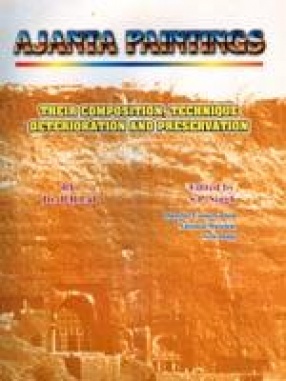
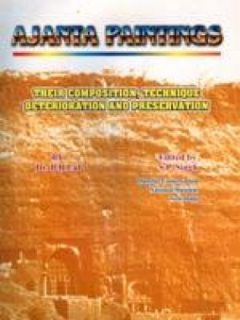
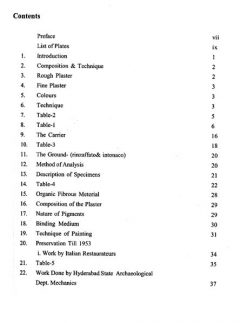
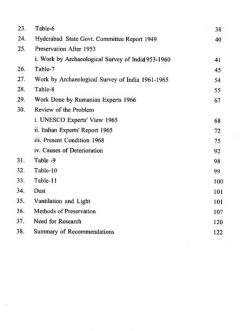
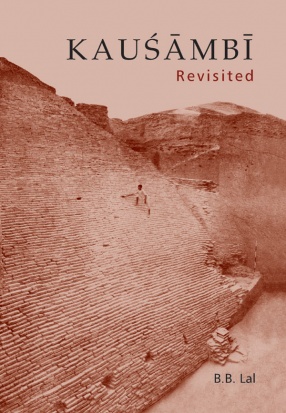

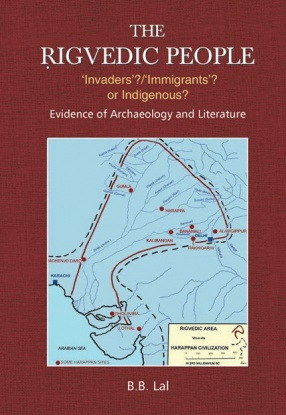
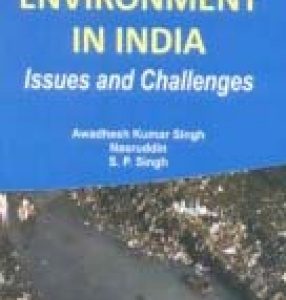
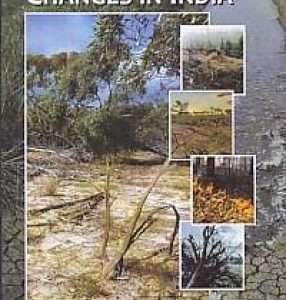
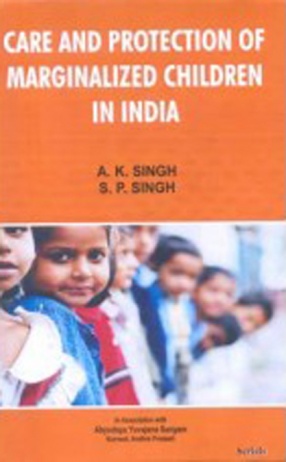
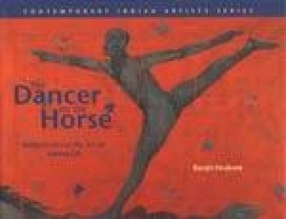
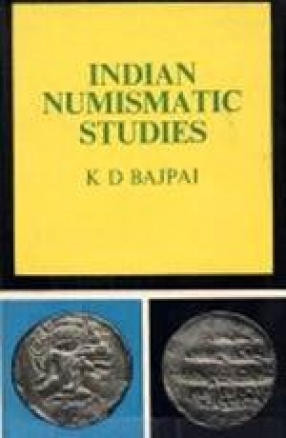
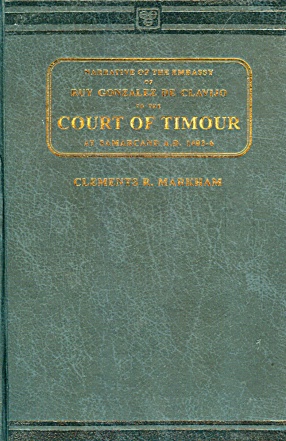
There are no reviews yet.